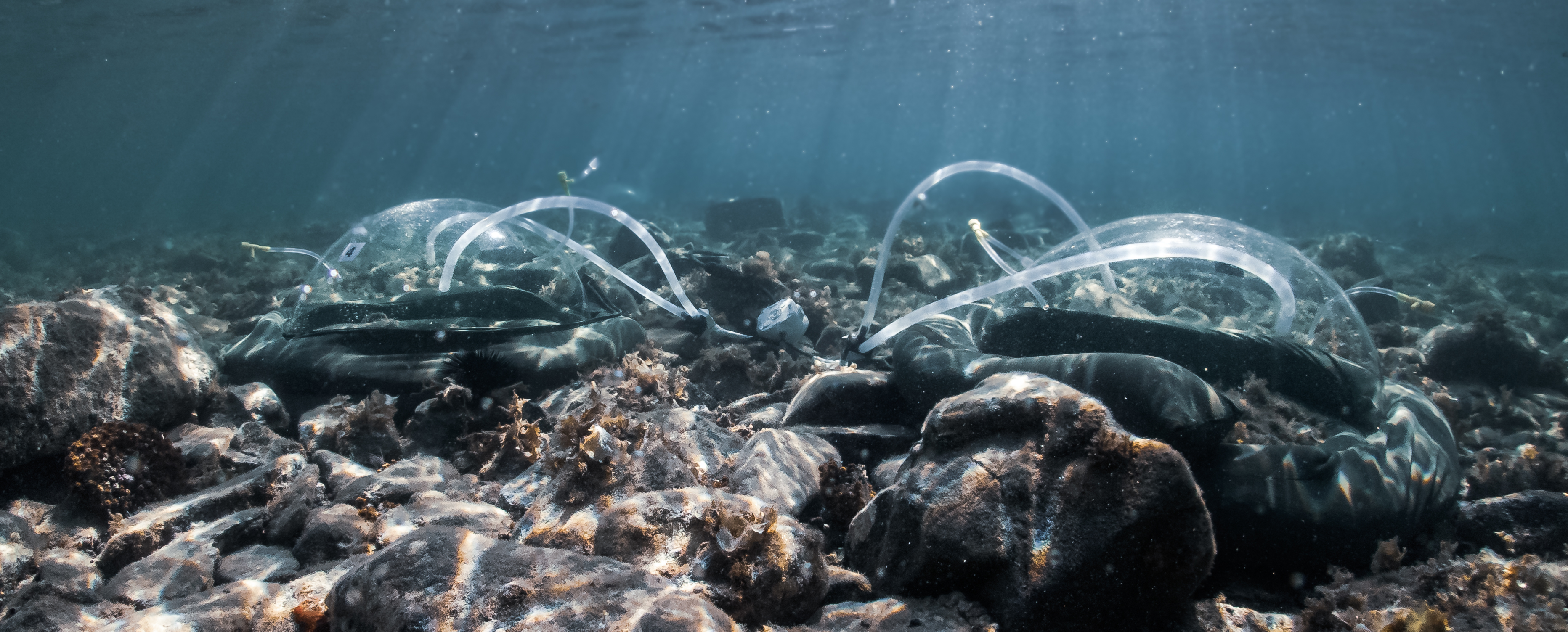
FoRestA
Canopy algae Forest conservation and Restoration: Adaption to the future changing scenarios
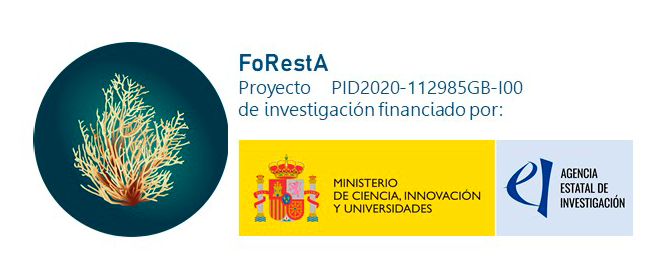
FoRestA seeks to provide new Conservation and Restoration Tools adapted to future climate scenarios. We aim to conserve and recover threatened Mediterranean macroalgal forests while maintaining the overall ecosystem functionality.
Keywords: canopy forming macroalgae, marine restoration, marine ecology, global warming, biodiversity, thermal tolerance.
FoRestA is an interinstitutional project funded by Ministerio de Ciencia e Innovación and la Agencia Estatal de Investigación num. PID2020-112985GB-100.
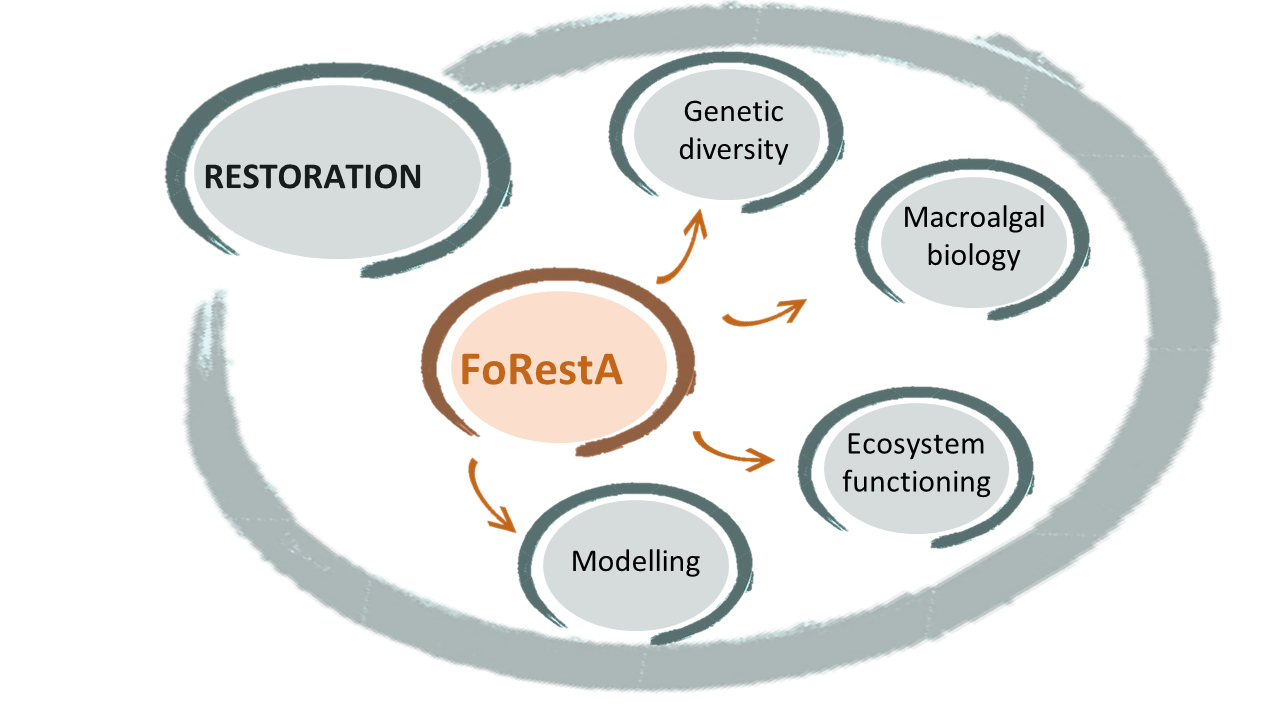
Which are the cumulative effects of Local Stressors and Climate Change on canopy-forming macroalgae from the Mediterranean?
We are testing the effects of temperature combined with low to moderate levels of pollutants and grazing in macroalgal species through mesocosm experiments to predict how these ecosystems will respond to their main stressors.
In short, we have seen that impacts of local stressors strongly depend on both species specific and life stage vulnerability to the different stressors. Overall, early life stages are more vulnerable to slightly pollution stress and climate change impacts, compromising the viability of the already threatened populations at mid-long term.
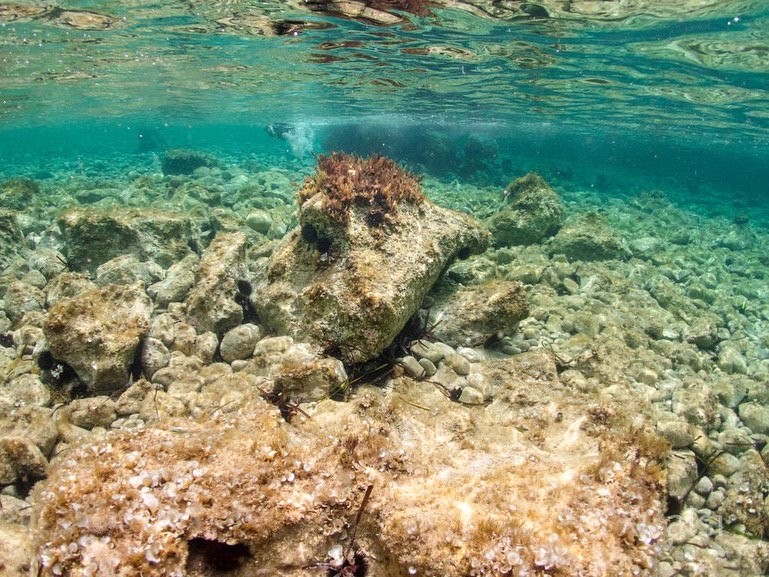 Impacts of overgrazing
Impacts of overgrazing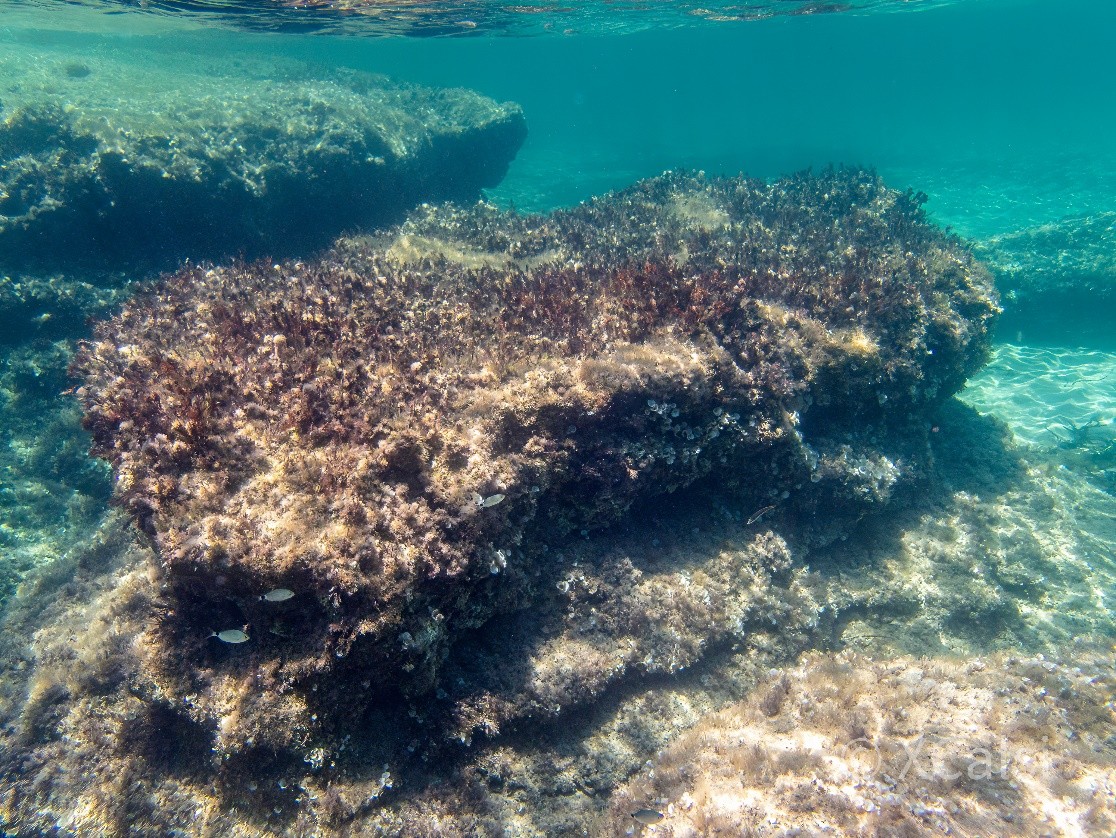 Impacts of a marine heatwave
Impacts of a marine heatwaveWhich species and populations will better Resist future environmental scenarios?
FoRestA has explored local adjustments of a seaweed species to thermal stress by experimentally assessing the response of several populations living under different temperature regimes (>1800 km). Our results show a clear intraspecific variation of the temperature tolerance thresholds. FoRestA indicates that failure to account intraspecific variability may result in an under or overestimation of species vulnerability to future warming trends, highlighting its importance to accurately forecast seaweed responses to warming.
Which is the role of Genetic Diversity on intra specific variability in climate change vulnerability?
Genetic diversity can determine populations’ capacity for adaptation to environmental change. We are running thermotolerance mesocosm experiments to see if populations with a high genetic diversity should be more resistant to future climate change conditions than those with a low genetic diversity. If this is so, restoration actions should then be designed to maximize the initial diversity.
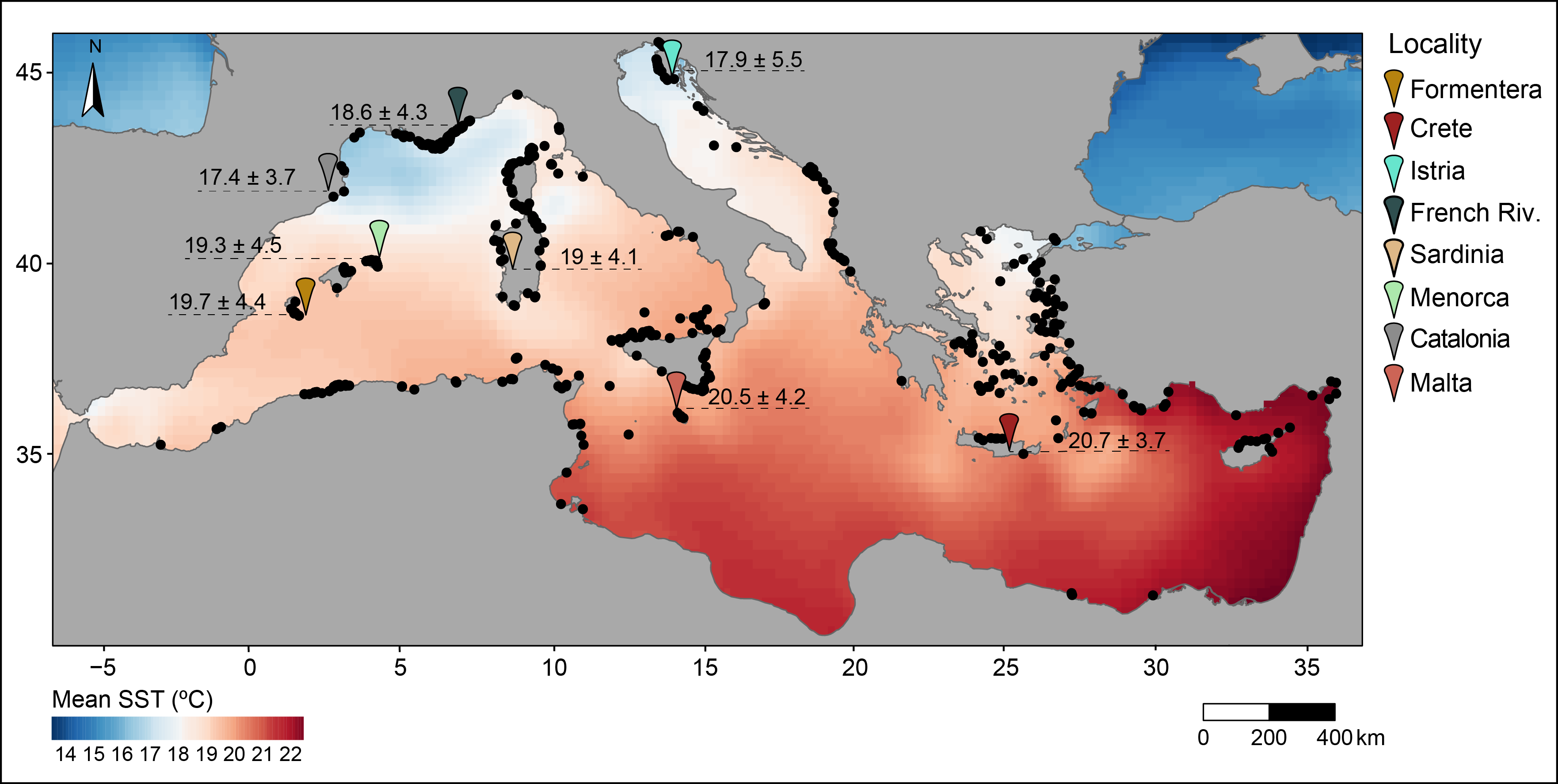 Gongolaria barbata recruits the day they were transferred at the sea (upper left, only 2mm long), and after two, three and four months (3 cm long).
Gongolaria barbata recruits the day they were transferred at the sea (upper left, only 2mm long), and after two, three and four months (3 cm long).What are the consequences of Populations Decline on the functionality of these ecosystems?
We are using a functional-trait approach to quantify the functionality of degraded, restored and mature macroalgal communities. FoRestA provides the first example of recovery of ecosystem functions, under a functional-trait framework, after an active restoration in a macroalgal forest. The patterns in species and functional diversity reported suggest that restoration is a valuable strategy in mitigating biodiversity losses and reinstating part of the lost functionality.
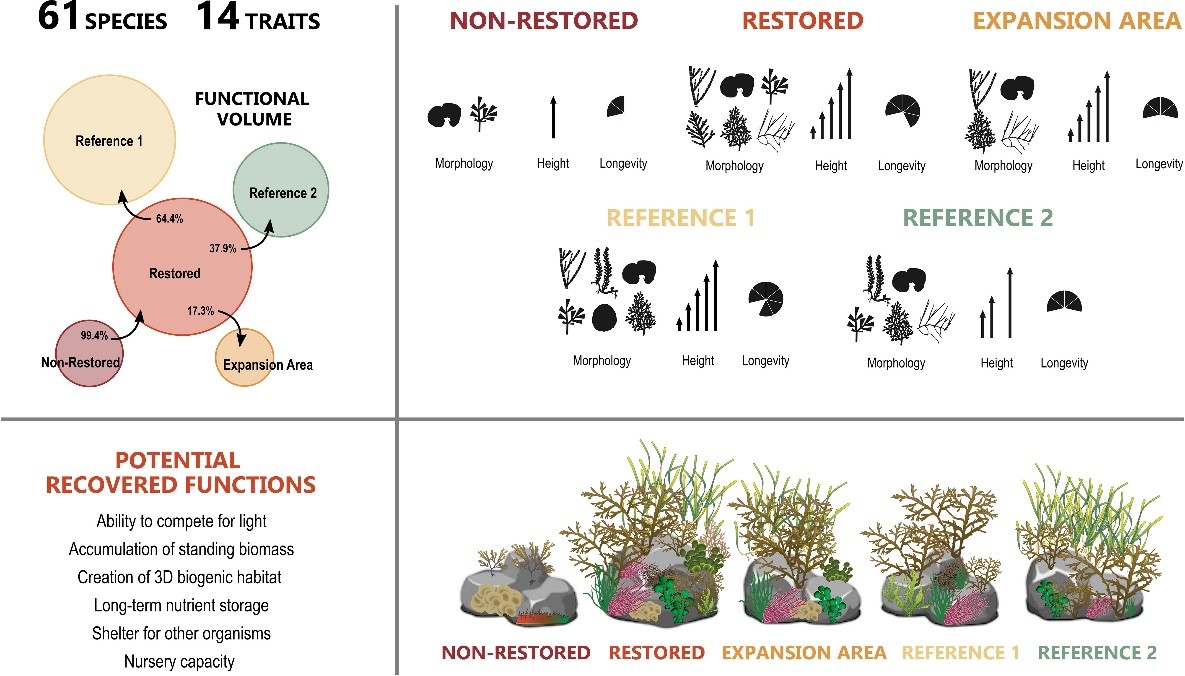
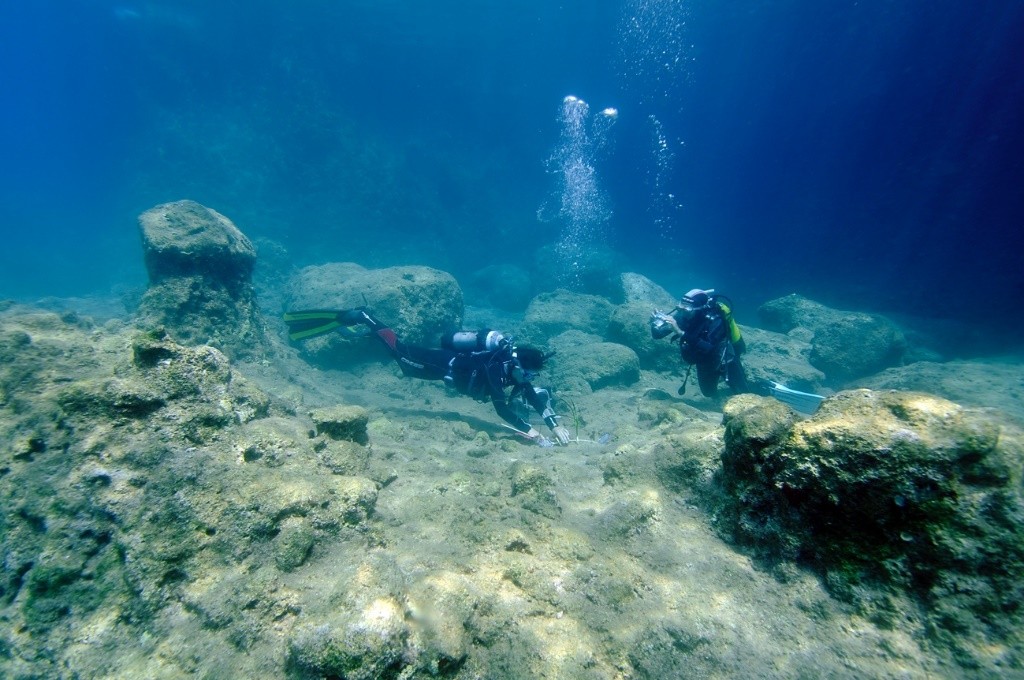 Impacts of overgrazing
Impacts of overgrazing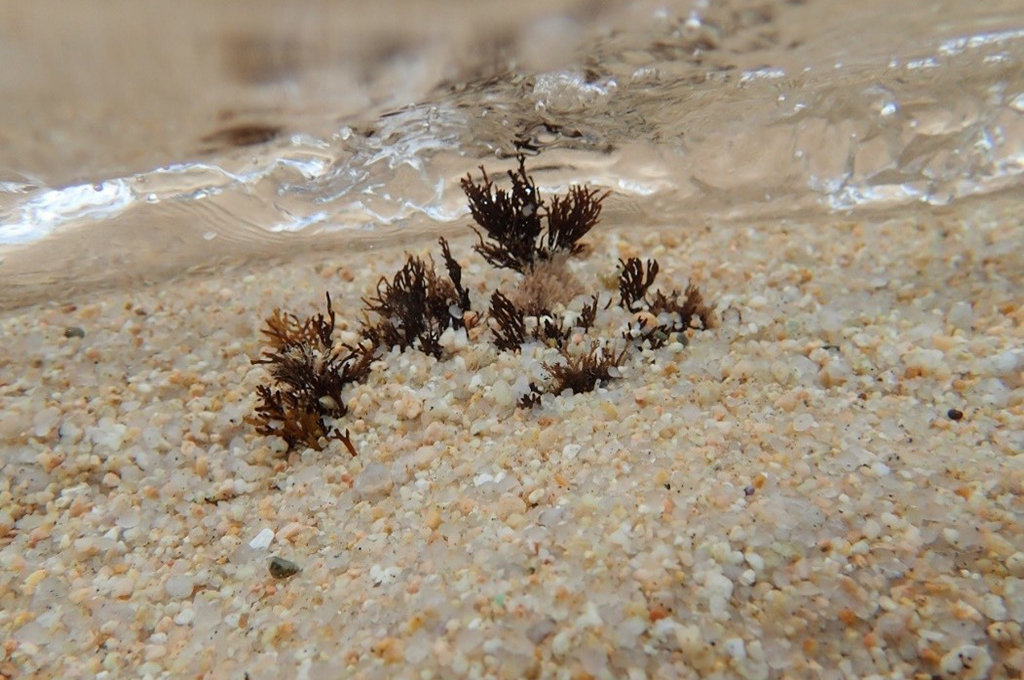 Impacts of extreme natural events (storms and burial dynamics).
Impacts of extreme natural events (storms and burial dynamics).Is restoration able to bring back Oxygen and Carbon fluxes?
Ecosystem functioning can also be addressed by studying the carbon balance. We are using in-situ benthic incubations to determine the shift on different metabolic parameters (net autotrophy/heterotrophy and sink/source of carbon) that degradation or restoration of the habitats may experience. FoRestA shows that active restoration can potentially recover ecosystem processes and functions. After 10 years of restoration, the oxygen cycle was re-established, with the gross primary production (GPP, total amount of oxygen produced) reaching similar values to those observed in the healthy and mature forest. Community GPP in restored and natural forest was approximately 2.2 times higher compared to the degraded site.
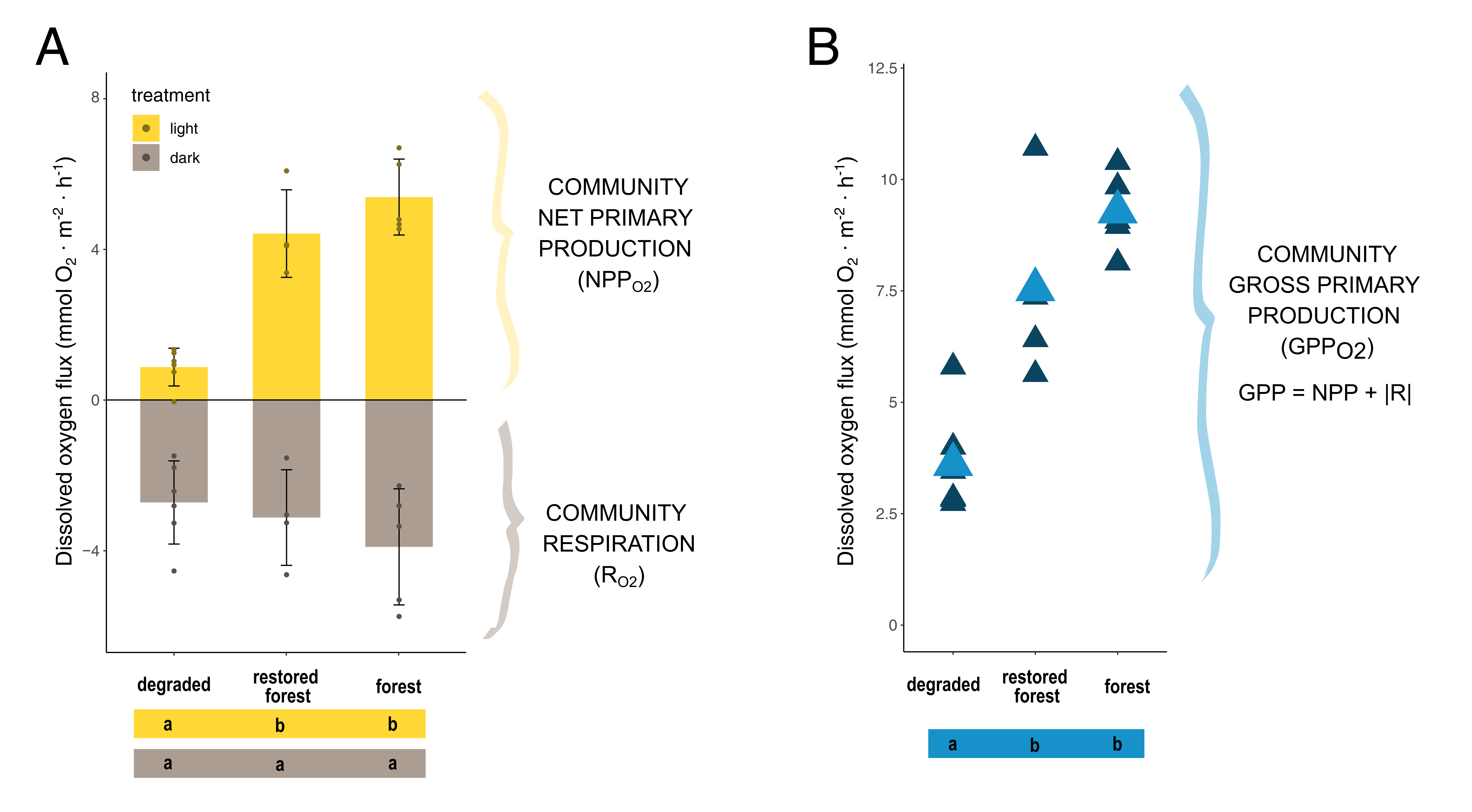 Oxigen fluxes in degraded, restored and healthy Gongolaria barbata forests
Oxigen fluxes in degraded, restored and healthy Gongolaria barbata forestsWhich species and areas should we Prioritize?
FoRestA’s results on habitat suitability and species responses to environmental changes are crucial to be summarized as a roadmap and best practices with recommendations for policy makers on possible management strategies. FoRestA proposes several works for Mediterranean macroalgal restoration to assist researchers and stakeholders in decision-making, considering the most effective methods in terms of cost and cost effectiveness, and taking background environmental conditions and potential threats into account.
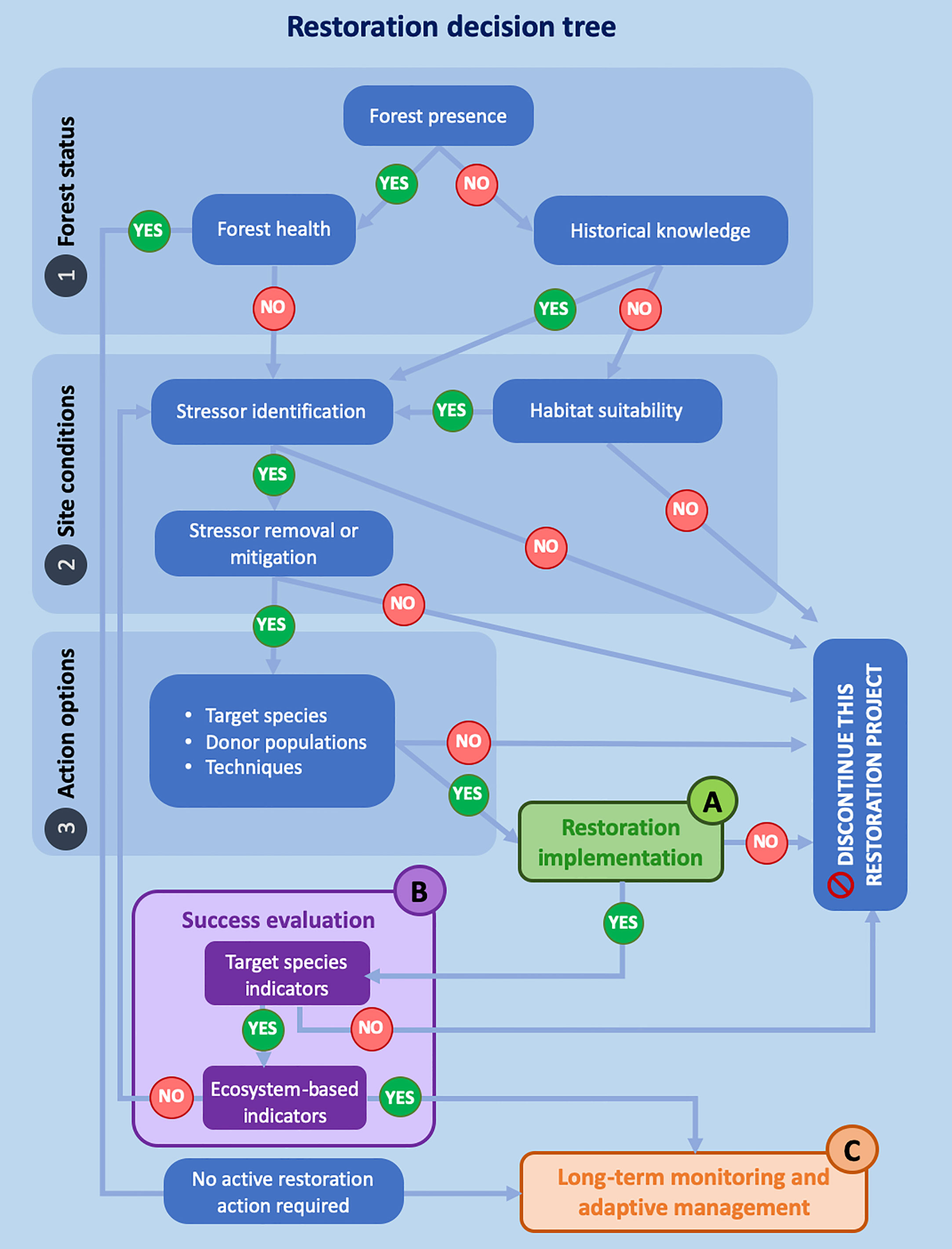
Links: Cebrian et al. 2021 https://doi.org/10.3389/fmars.2021.709219, Smith et al. 2023 https://doi.org/10.3389/fmars.2023.1159262
